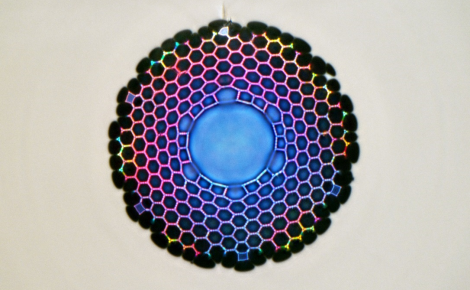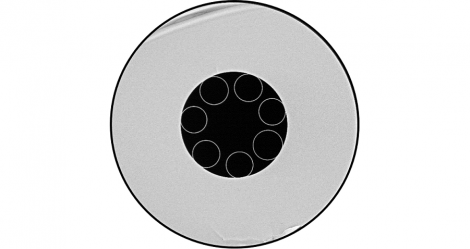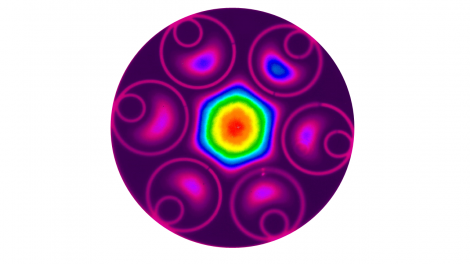Hollow Core Fibre Group
In recent years, two new types of optical fibre have revolutionised this dynamic field, bringing with them a wide range of novel optical properties. These new fibres, known collectively as microstructured fibres, can be made entirely from one type of glass as they do not rely on dopants for guidance. Instead, the cladding region is peppered with many small air holes, that run the entire fibre length.
These fibres are typically separated into two classes, defined by the way in which they guide light:
- Hollow core microstructured fibres: these fibres guide light in a hollow core which is surrounded by a precise microstructured cladding. Broadly speaking there are two types of hollow core fibre (HCF) distinguished by their guiding mechanism, these are Anti-resonant HCF and Photonic band-gap HCF
- Holey fibres, in which the core is solid and light is guided by a modified form of total internal reflection as the air holes lower the effective refractive index of the cladding relative to that of the solid core.

Hollow core photonic band gap fibre (HCPBGF) 11km in length
Light is guided in a hollow core surrounded by a periodic honeycomb lattice which confines the light via photonic band-gap effects.
Find out more
Tubular hollow core anti-resonant fibre
The core is surrounded by a cladding of membranes of a specific thickness, for which certain wavelengths will be reflected. The cladding has many geometric varieties, the most exciting of which is a series of thin walled tubes surrounding the core.
Find out more
Nested Anti-Resonant Nodeless Fibre (NANF)
A Nested Anti-Resonant Nodeless Fibre (NANF) with record low loss of 1.3 dB/km made in 2018, credit Reza Sandoghchi.
Find out moreWithin the group we have the full range of expertise required to design, fabricate and characterise both forms of microstructured fibre, both in silica and in compound glass. We also run a large number of end application projects both in close collaboration with a range of other ORC groups, and with other external academic and industrial partners.
Visit our website to find out more: https://hcf.soton.ac.uk
See here for a full list of our publications.